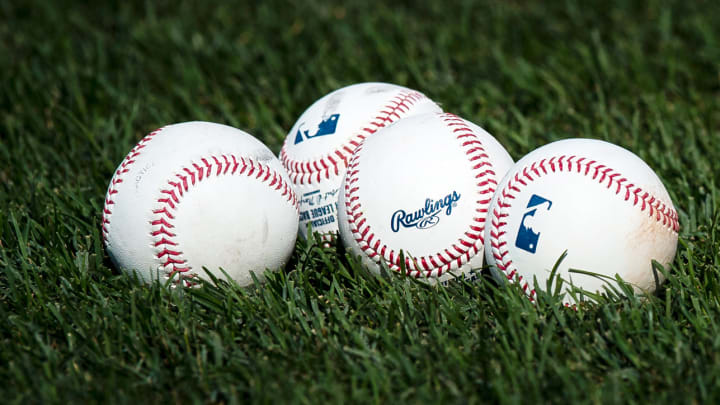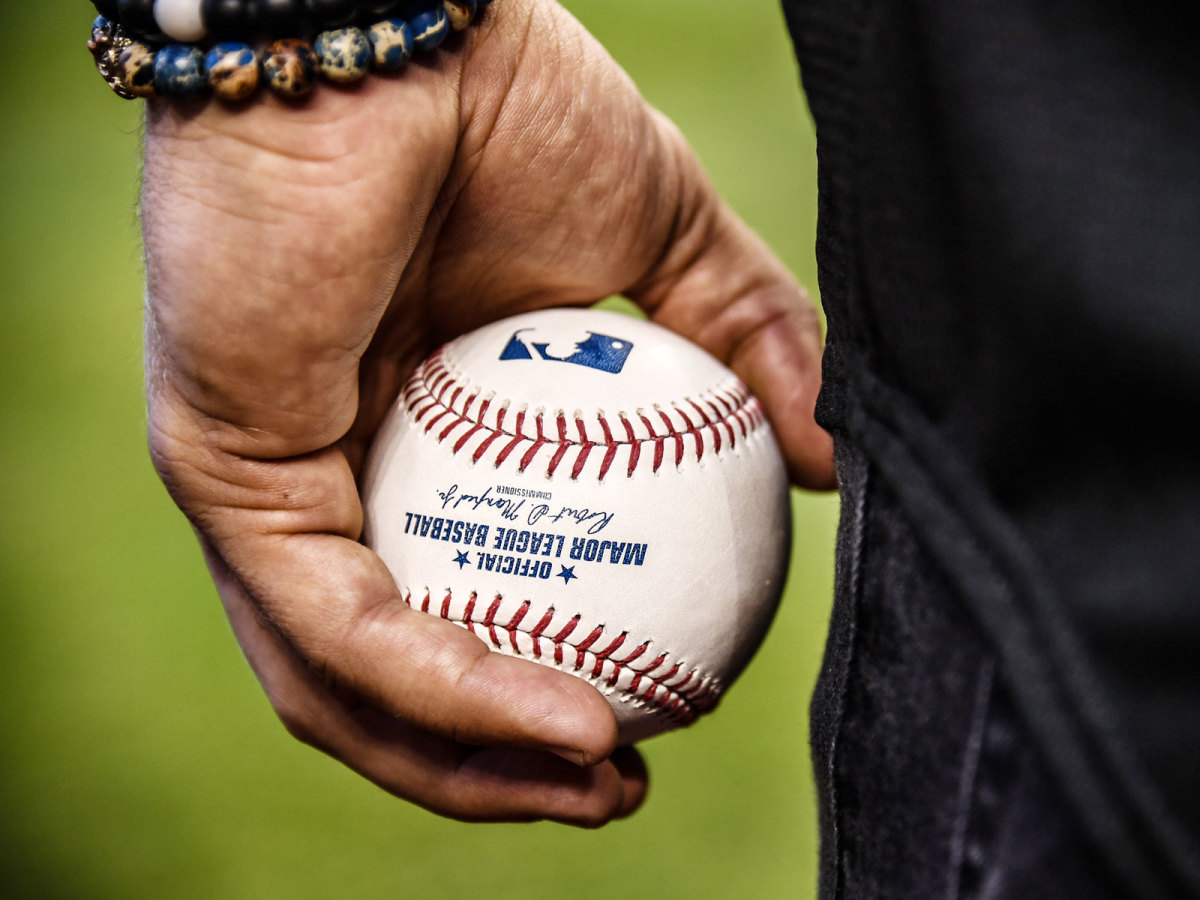The Home Runs Keep Increasing, But Are the Baseballs Different After All?

During World War I, the government found itself facing an unusual predicament when it came to baseball—assuredly far down the list of government predicaments at the time, but still one all the same. The War Department wanted to provide baseballs for the troops, but the quality of available options varied greatly at the time, and they wanted to make sure that soldiers received the best offerings. This was before the National League and American League agreed on a standardized baseball (that didn’t come until 1934) and so there was no single official major league ball to go with. The solution? The War Department asked the National Bureau of Standards to test baseballs from six different factories. The balls were dropped from various heights to determine their bounciness; their cores were dissected; their stitches were pulled. Finally, the bureau decided that they had enough information to mark the balls as first-, second- or third-class, and the first-class ones were “shipped in enormous quantity overseas,” all according to a 1920 article on the subject from Scientific American.
This is the first documented example of large-scale efficiency testing on baseballs—an initiative sparked not by Major League Baseball, but by the federal government. That independent testing started a tradition that continues through to present day. Just last week, MLB released the results of an external study commissioned to examine the ball as part of a larger analysis of home run rates. After a record number of dingers last year—part of a league-wide power increase that began in the second half of the 2015 season and hasn’t slowed since—commissioner Rob Manfred appointed a group of engineering, physics and mathematics professors from across the country to determine what, exactly, was going on.
The researchers determined that all these home runs aren’t the result of the weather, or the pitchers, or the idea of a launch-angle revolution. Instead, they concluded that the culprit here is the baseball—but they couldn’t determine just why or how that was the case. Changes to the ball had been noted byearlierresearch, and the commission confirmed that baseballs manufactured in the last two years have been carrying further than those manufactured before. But after extensive testing of both fresh and game-used balls, plus a visit to Rawlings’ Costa Rica factory, the team of scientists ruled out any meaningful changes to the seams or the core or the coefficient of restitution (read: bounciness), or any major problems with the specifications set by the league. There is “supporting evidence that the aerodynamic properties of the baseballs have changed,” according to the report, but there is no satisfying answer as to why.

***
If the question of why the baseball has changed doesn’t yet have a definitive answer, the most logical question to ask next is probably how. In an environment with plentiful data on increasingly minute aspects of the sport, how can the league take years to officially determine that the ball itself has changed—and changed significantly enough to materially alter the experience of the game, at that? That question, too, lacks a fulfilling public answer at this point, and the fact that the league steadfastly denied the existence of a juiced ball until last week’s announcement doesn’t help matters there. Part of untangling that question, though, requires looking at just how broad the league’s definition of baseball can be.
The Official Baseball Rules have very little to say on what a baseball should look like or how it should be made. “The Ball” is the first heading under the rulebook’s section on equipment and uniforms, but it’s just a few sentences long—and those sentences are remarkably similar to what the rules had to say on the subject almost a century and a half ago, as MLB’s official historian John Thorn pointed out earlier this month. Take a look:
From the 1861 convention of National Association of Base Ball Players: Theball must weigh not less than five and one-half, nor more than five and three-fourths ounces avoirdupois. It must measure not less than nine and one-half, nor more than nine and three fourths inches in circumference. It must be composed of India rubber and yarn, covered with leather.
From the 2018 Official Baseball Rules: The ball shall be a sphere formed by yarn wound around a small core of cork, rubber or similar material, covered with two strips of white horsehide or cowhide, tightly stitched together. It shall weigh not less than five nor more than 5¼ ounces avoirdupois and measure not less than nine nor more than 9¼ inches in circumference.
Almost exactly the same! The league maintains a separate and more stringent set of regulations with the manufacturer (and last week’s report recommended that they make those regulations a little tighter), but in terms of what’s written into the game’s foundational documents? Today’s ball could be essentially the same as it was during the Civil War. In practice, of course, it isn’t—not at all, and it’s taken several key developments in technology and materials to get to where it is today. In 1910, cork-core balls were introduced; in 1925, a patent was issued for the first example of what would become today’s rubber-cushioned-cork core. The ‘20s also brought higher quality yarn from machine-wound wool, and in the ‘30s, the AL and NL agreed on standards for a ball for the first time. In the 1970s, the cover material changed from horsehide to cowhide, and the manufacturer of the official ball switched from Spalding to Rawlings. And that’s to say nothing of the fact that the average lifespan for a ball is now scarcely two plate appearances, rather than the old standard of “from first pitch until it gets lost,” which allowed misshapen and scuffed balls to stay in the game indefinitely.
Today’s baseball is not the ball of a few decades ago. But it’s also not the ball of just three years ago, and as of yet, no one can say why. The standards have changed significantly since the government was slicing baseballs open for inspection a century ago, and yet the questions behind that testing—of which balls are most suitable for play, and how that should be measured—are still around.
